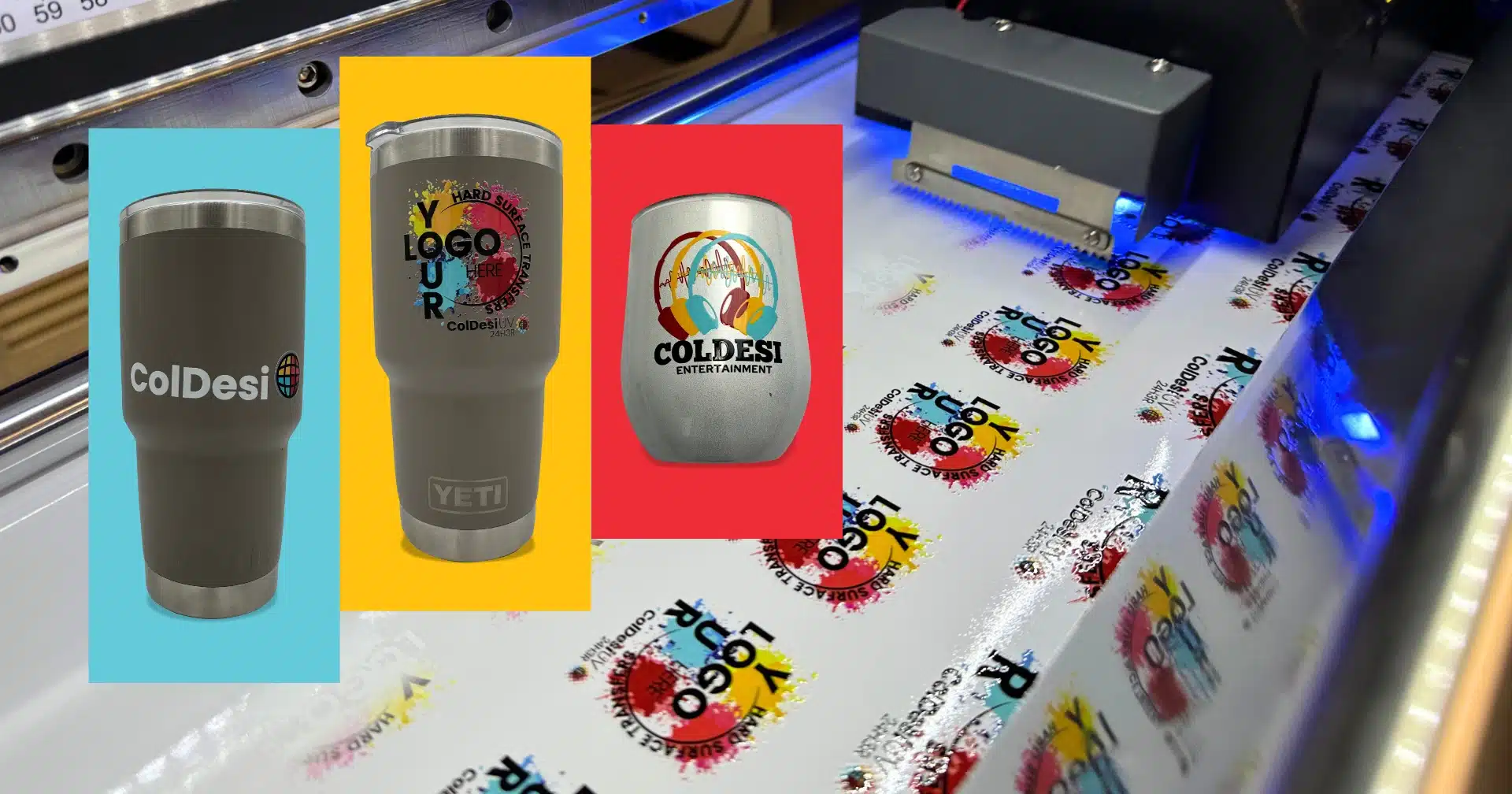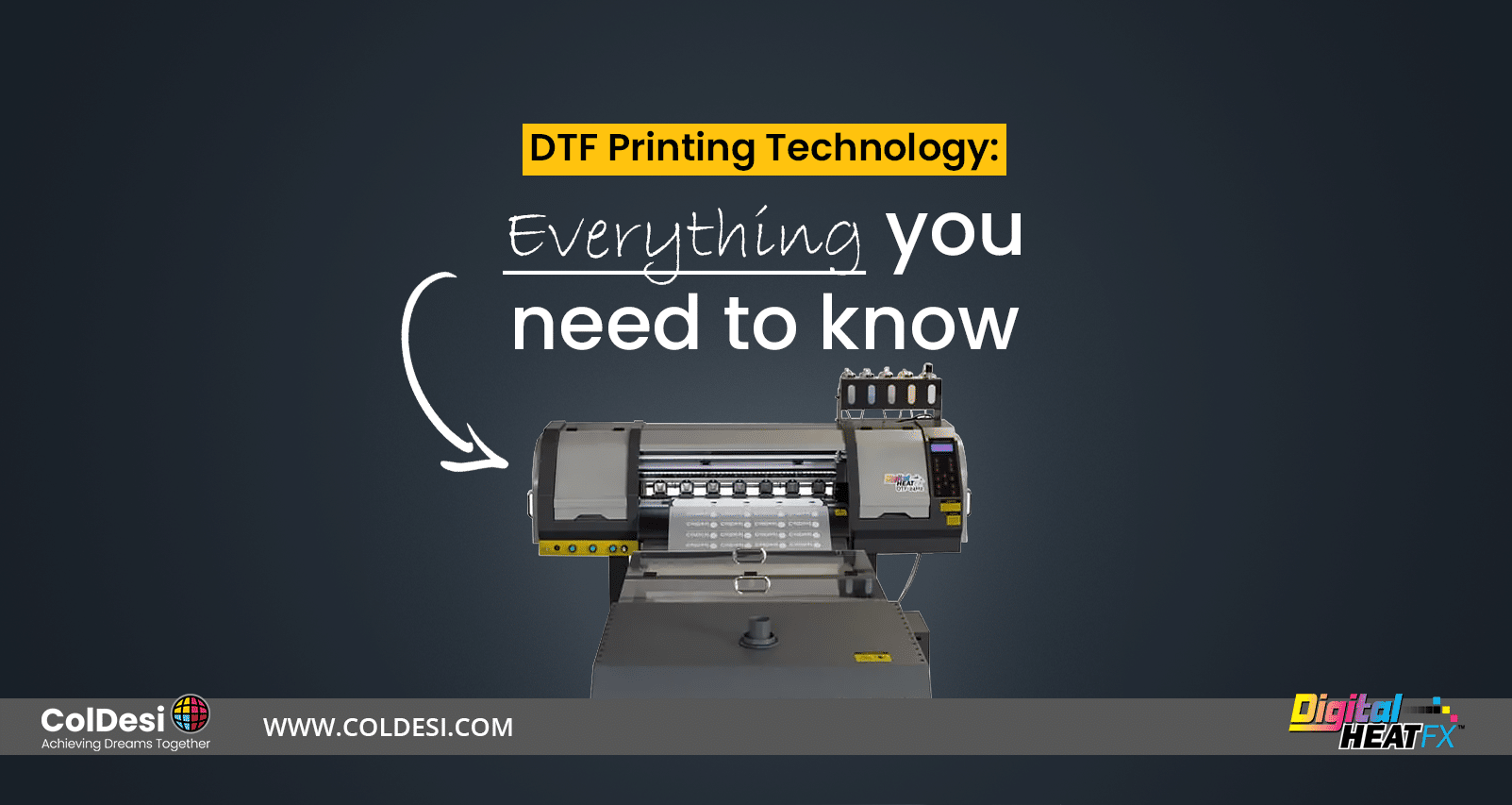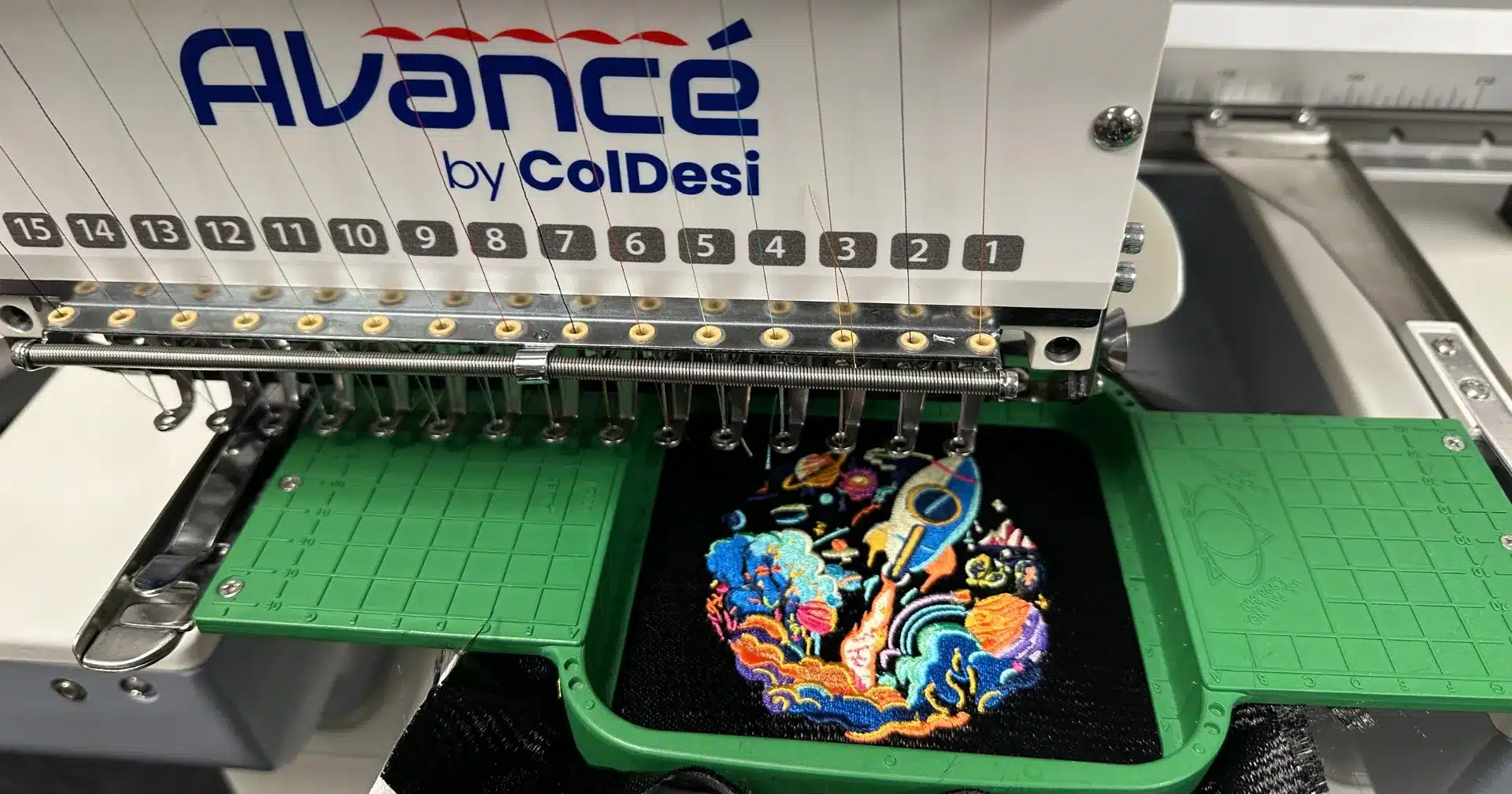The applications for small and mid-format uv printers have historically been rigid flat goods like aluminum, brass, acrylic, corrugated plastic, wood and the like. Items made from these materials are generally meant to be left in one place and looked at – and certainly not intended to be flexed or bent.
Many ad specialty items fall into this category — small solid items like thumb drives, pens, calculators, letter openers, and so on. But, there is becoming more and more demand for flexible materials to be embellished with UV-LED printers.
Some common examples that would be considered as flexible would be materials like leather, pleather, and other synthetic hides as well as magnetic material, Kydex and other formable materials. So, that is required to deal with these types of materials? Let’s look at a few.
Flexible Inks on Leather, Faux Leathers, Golf balls, and Kydex Products
Leather is one material that has a lot of applications that demand inks that can give when flexed. Journals, binder covers, seat covers, wall art, even apparel, and appliqués can all be printed with small to mid-format UV-LED printers using flexible or hybrid inks.
When dealing with real leather, it is essential that adhesion testing be done as some leathers have oils in them that can cause adhesion challenges. The fix may be as simple as cleaning the area to be printed with a simple alcohol wipe down, or as extreme as moving on to a different type of leather.
Thinner leathers present more challenges as the leather will want to “move” as it is heated by the lamps, which can cause mis-registration between print layers or distortion of artwork. In these cases, the utilization of a vacuum bed or custom made clamping jigs to minimize movement of the material during printing.
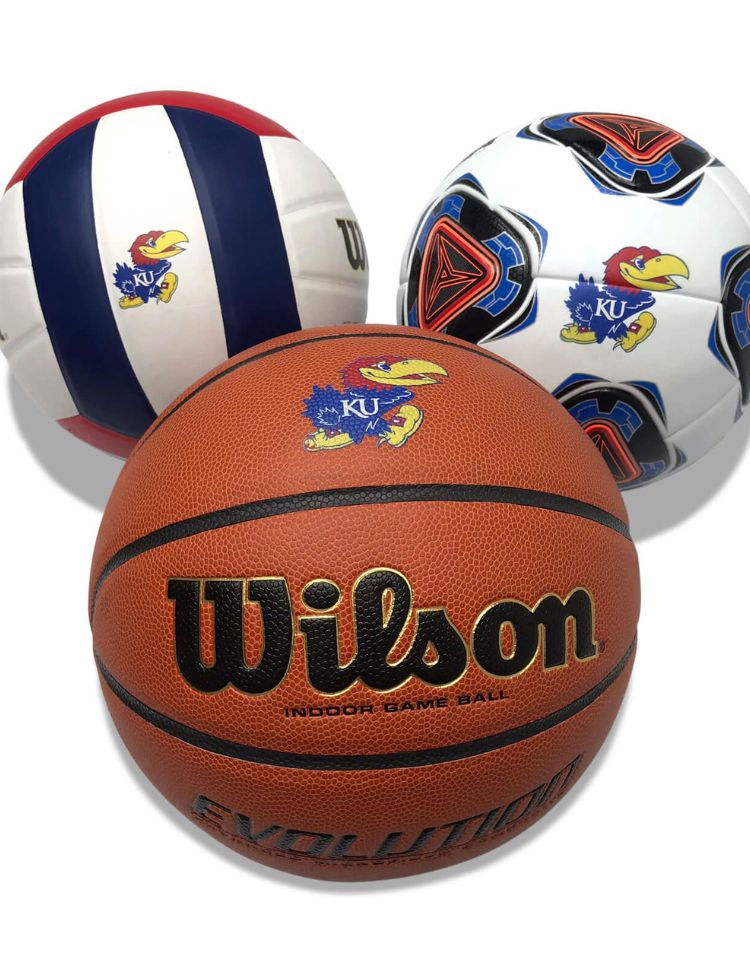
Benefits of Flexible Inks on Faux Leathers
On the same line as leather would be the “faux leathers” – aka “pleather.” This can be used for a number of the same applications as leather, but it is very prominently used in the manufacture of sports balls like baseballs, basketballs, soccer, and volleyballs.
Artwork printed onto these items need to be able to handle the abuse of being hit, kicked, bounced, slammed and swatted – often into hard substrates like wooden and synthetic gym floors, rims, backboards, and goals.
For most of these items, the secret isn’t so much about adhesion as it is about positioning and finding the “sweet spot” for printing on a curved surface. This can take time and patience but eventually, you can determine the maximum size that each type of ball can handle – for example, a basketball may allow for a 2 ½ – 2 ¾ inch diameter logo while a baseball may be limited to 1”. Trial and error will allow you to dial in these numbers.
Common sense also helps. If the numbers above are your limits, then it would make sense to start off at 1 1/8 or so on a softball and maybe 1 ¾ – 2 inches on a volleyball.
Printing Golfballs With Flexible Inks for Durability
While we are on the subject of sports balls we need to mention the most commonly embellished sports ball out there … the golf ball.
Historically these have not been done with flexible inks, but our research has shown that eventually, rigid inks will begin to crack and flake off. For the casual weekend hack, this is not an issue; they will lose the ball or mar it beyond usability long before the logo will crack. But, for the more experienced player who might play an entire round or even more with one ball, cracking and chipping can be a concern.
Enter flex inks and hybrid inks to the rescue. Their ability to conform to the odd shapes that a golf ball morphs into when hit means less likelihood of chipping and cracking.
Flexible Inks in Sign Making
In the sign making world materials that might be rolled up like small banners and magnetic signs will perform better when directly printed with flexible and hybrid UV inks. This can also apply to materials used for building paintball bunkers, wind, and sun screens.
Natural materials like muslin and coir can be decorated with flexible and hybrid UV links. Items such as party favor and merchandise bags and even doormats can be printed with flexible or hybrid UV inks.
Bags made from muslin (a lightweight cotton material) will hold the inks well, and the inks will not crack when the bags are folded or stuffed with goodies. Coir doormats endure a lot of abrasions, and rigid inks will more readily crack, especially when exposed to the limited surface area of the coir fibers. Flexible and hybrid inks are more abrasion resistant and thus will stand up to more abuse than traditional rigid UV inks.
Manufactured materials like Cordura can also be printed with UV inks and inks that will flex are especially beneficial in applications like seat covers, cargo bags and other items that require rugged materials and embellishment that will stand up to abuse.
Flexible Is A Brilliant Choice for Kydex Products
One final area that is becoming a huge growth market that requires flexible print is the Kydex marketplace. Custom gun, knife, tool, radio, and cell phone holsters, as well as money clips and tactical wallets, are all being made of Kydex which is heat and pressure formed to fit the item.
Since there is a lot of “forming” to meet the contours of a gun or knife, there needs to be a lot of flexibility in the inks used to decorate the preforming Kydex. Print the design you want on the item onto the unformed Kydex sheet then form the item as you would from unprinted Kydex.
The list goes on and on as to applications for flexible and hybrid inks. Think tire covers for spare tires and custom grill covers, to name a few.
Why Flexible AND Hybrid Inks?
Before we conclude, you are probably wondering, why do I keep referring to flexible AND hybrid inks? Good question. Historically there have been two types of inks for UV-LED small to mid-format printers – rigid and flexible.
Flexible inks worked well on flexible items like mentioned above but didn’t adhere as well to some more traditional materials like metals and some plastics. So there was a tradeoff.
Recently some machine manufacturers are beginning to offer hybrid inks that perform well on a much broader spectrum of substrates, handle flexing at levels near the level of flexible inks and still providing excellent performance on rigid items like metals and plastics.
These inks allow much more versatility meaning that you do not have to dedicate your machine to only rigid or only flexible applications.
UV Printing With Flexible Inks Opens New Opportunites
We have uncovered lots of new opportunities that exist by getting out of the old rigid world of UV printing so you can “flex” your digital printing muscles. Perhaps it’s time to take another look at adding a UV-LED printer to your shop?
Upgrading your current equipment and inks will open new doors for new profits. Today’s machines have dual, long-lasting LED UV Lamps and a full-size, fast bed that can provide clearance of up to 300mm (11.8″), which means you can print just about anything.
And the flexibility the new inks offer means reduced waste, less inventory, accelerated workflow, and full-color process printing on a multitude of substrates to help you attract new business and customers.

